Learning a new language is a long, tedious, and arduously difficult task. We acquire the language we’re born into almost effortlessly and without any recollection of having learnt it. Babies learn to speak the language of their parents through observation and mimicking the sounds of the language.
The same goes for complex sentences, which cannot be learned overnight or without going through the step-by-step process of developing speech and acquisition of vocabulary.
The language acquisition process starts in early infancy. By the age of six months, babies can produce the sounds required for speech. Gradually, they mould and trim out the sounds into coherent words in their native language.
The baby’s coos and cries become the building blocks of mature conversations they’ll have once they are grown. All babies go through the same process of language acquisition, no matter which language they’re trying to speak, as they grow. This is known as language acquisition.
Table of Contents
Importance of Language Acquisition
Language acquisition and child development go hand in glove. Language is how the child starts to express its feelings, their needs and wants. At the same time, the child also benefits through language and begins to master other skills by understanding what it is told by its parents and siblings.
For proper child development to happen, the parents and caregivers should know what is language acquisition, so they can devise proper strategies to help their child acquire language effortlessly. If your child is suffering from speech impediments, speech therapists can help your child overcome them so it can experience normal development.
There are 5 stages of language acquisition, which includes both verbal and non-verbal types.
Stage 1: Babbling Sounds
Babies learn best through experience. When it comes to language acquisition, the more you talk to your baby, the more it will be exposed to the language and will try to imitate the sounds.
Immediately after birth, the baby starts responding to the pitch and rhythm of our sounds and expresses its needs by crying. By the 2-months mark, still far from being able to form any words, babies will curl and round their lips and produce soft cooing sounds, which is their first attempts at making sounds.
The baby also learns to use their voice box and to make sounds by manipulating their breath and contorting their mouth. By the 3-4 months mark, they start to responding with ‘goo’ sounds and making eye contact.
Babies start babbling around the 5-month mark using ‘ba, da, ma’ and start experimenting with sounds and intonations. This marks the beginning of their speech. Up to 12 months, it’s all about the evolution of these babbling sounds.
Stage 2: Holophrases
By the age of 12 months, babies start to associate sounds to their meanings. For example, they would learn that ma-ma or mo-mee refers to the comfortable figure who cuddles and feeds them.
These one-word conversations are called holophrases and are mostly constituted of nouns. The baby can now judge which words are useful to get attention or get what they want, such as words related to parents, caregivers, food, and tend to repeat them often.
From that stage till up to 18 months, children keep on repeating these words, mimicking and learning new holophrases, and attaching meaning to them. They also match these words with their intonation or expressions and gestures.
They also associate the same word to things that have the same essence, such as calling all fluffy animals by the name they have for a cat.
Eventually they also learn the difference between nouns and verbs and the pronunciation and comprehension of words keeps improving, leading to vocabulary improvements.
Stage 3: Two Words
By the age of 18 months, children move to the third stage of language acquisition where they start joining two holophrastic words to make two-word sentences. Initially, these sentences do convey meaning but lack use of prepositions and articles, etc.
‘Dada sleeping’ would clearly convey the meaning that dad is sleeping and ‘mommy sleep’ could either mean mommy is sleeping or asking mommy that the baby is feeling sleepy.
Either way, the selection of words has improved and caregivers should let the child speak, reply in complete and clear sentences, or even properly complete the sentences for the child.
This would enhance the child’s vocabulary and improve its sentence structure drastically by the time they are 24 months.
Stage 4: Telegraphic Speech
Now that the child can associate meaning to words and phrases, has a big enough vocabulary, and is beginning to use and identify non-verbal communication, it is time for telegraphic speech.
From 24 to 30 months, they start stringing together more than three words at a time and improve their grammatical structure.
Stage 5: Complex Speech
Finally, after around 30 months, the grammatical structure of the child’s speech has improved a lot. They can now form proper short sentences along with good reasoning. Their ability to sense quantity and time has also improved by this stage.
They might still make mistakes in tenses but gradually they do fully acquire the rules. From month 30 to three years or above, the child’s vocabulary, grammar and reasoning keeps on improving; however, their speech finally really matures to adult level at about age 11.
Conclusion
Language acquisition does follow a particular pattern in babies and is supported with input from parents and caregivers. The children with a proper nurturing environment reach these stages and milestones faster. Babbling back to them, also known as serve and return, encourages their efforts for speech. Talking with the child and reading it books, from as early as infancy, are great ways to support the process of language development.
















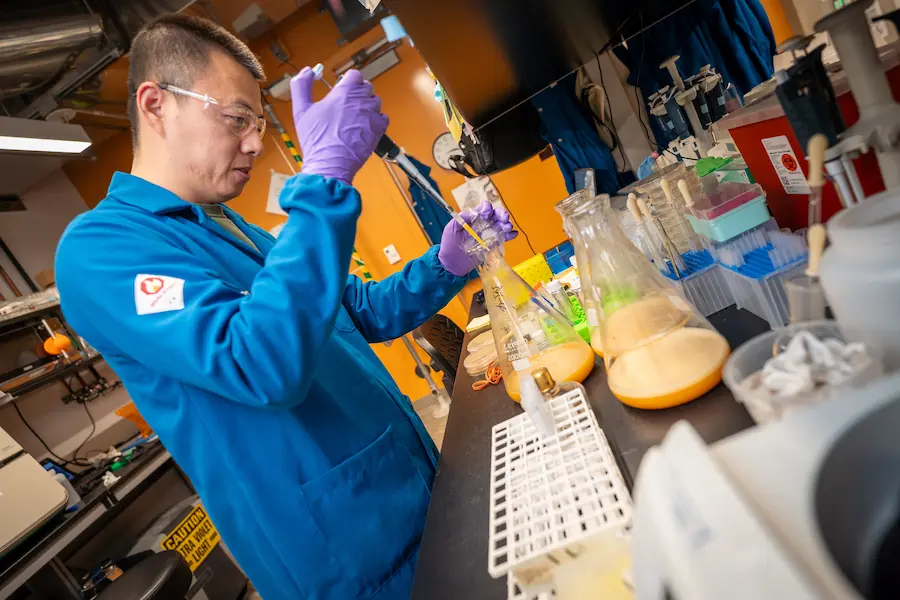


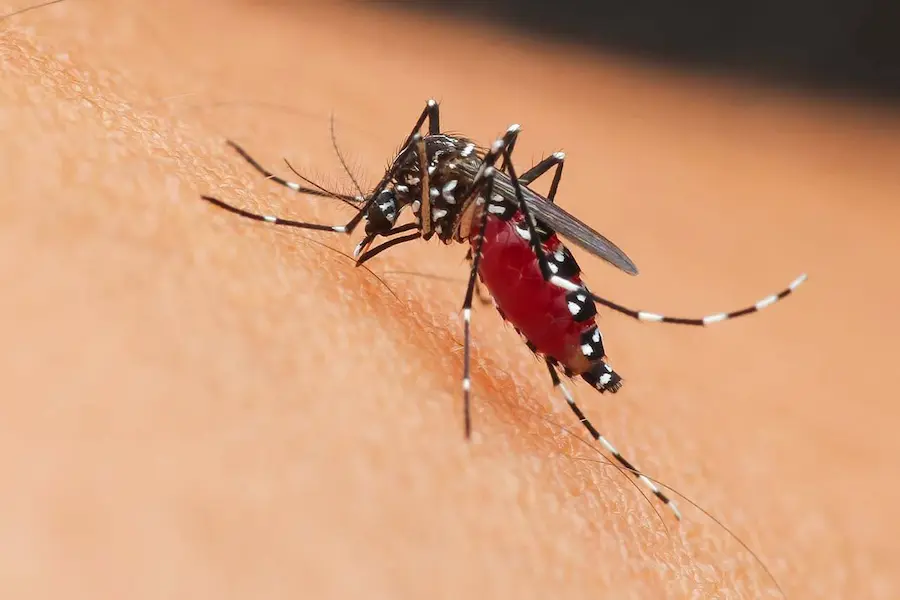









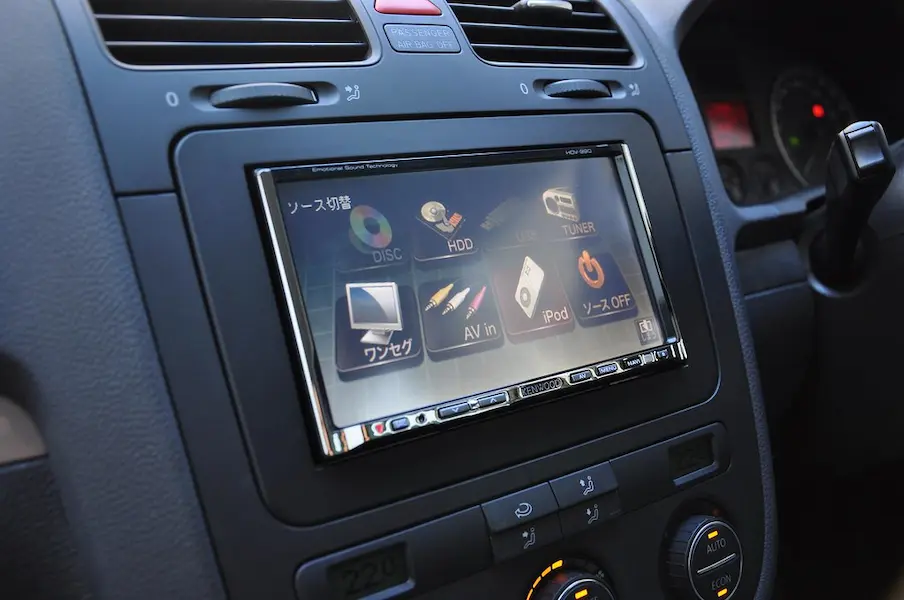


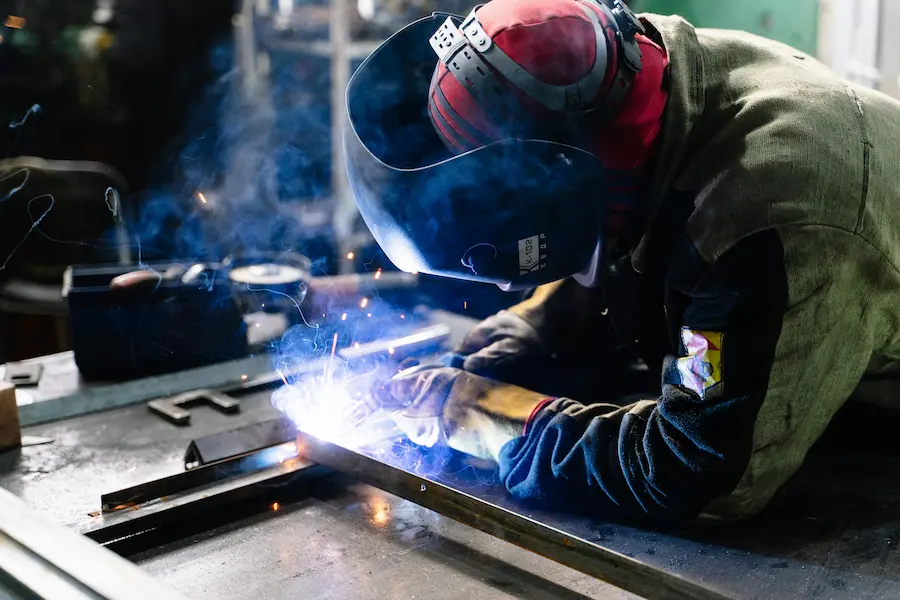

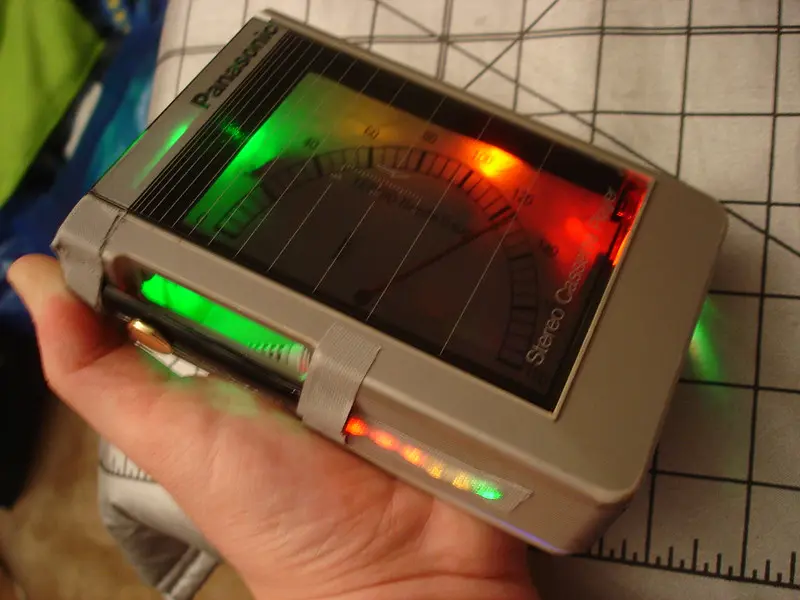









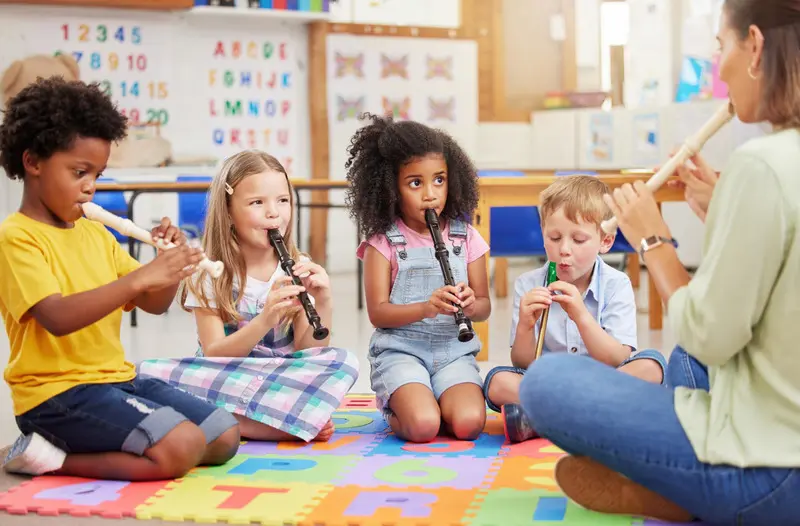








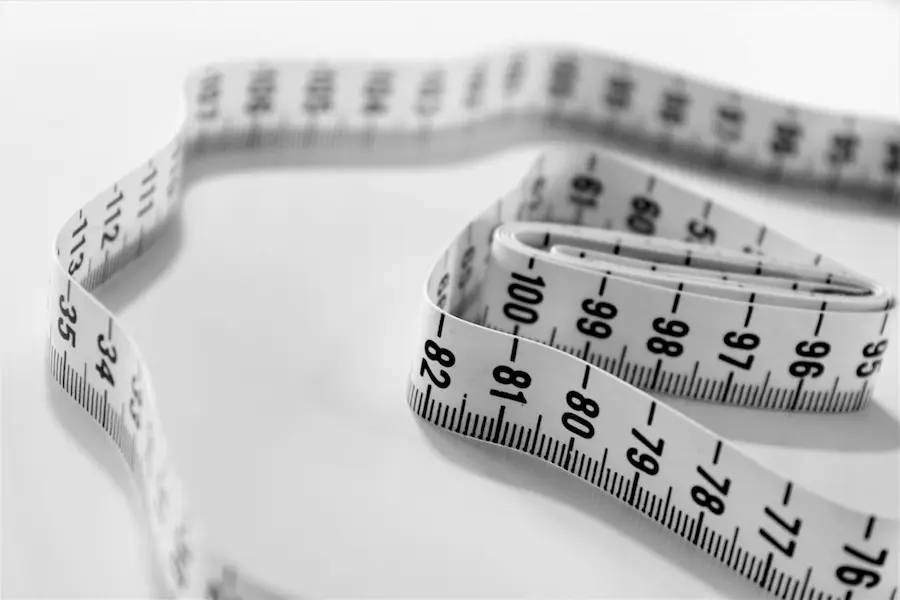
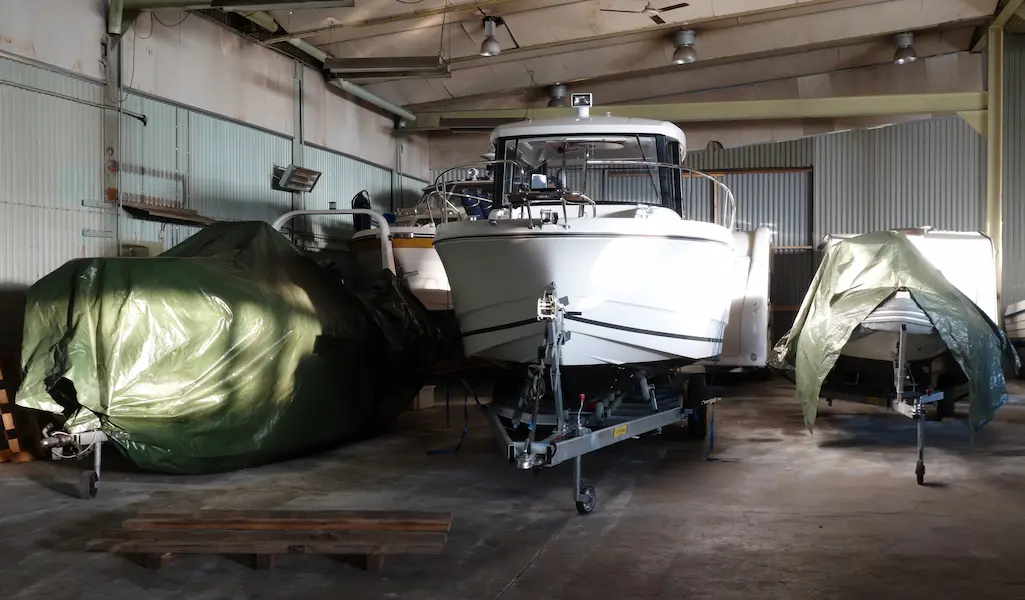




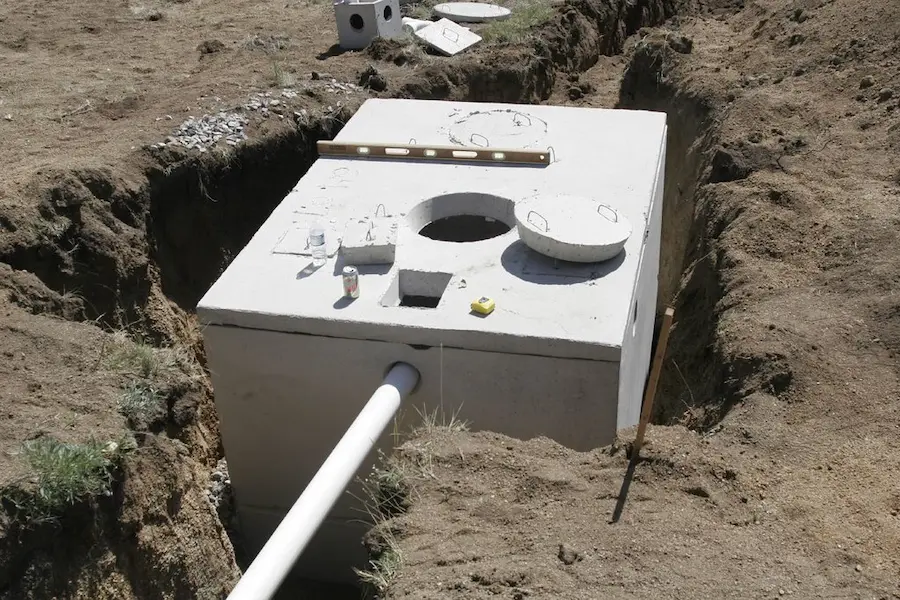




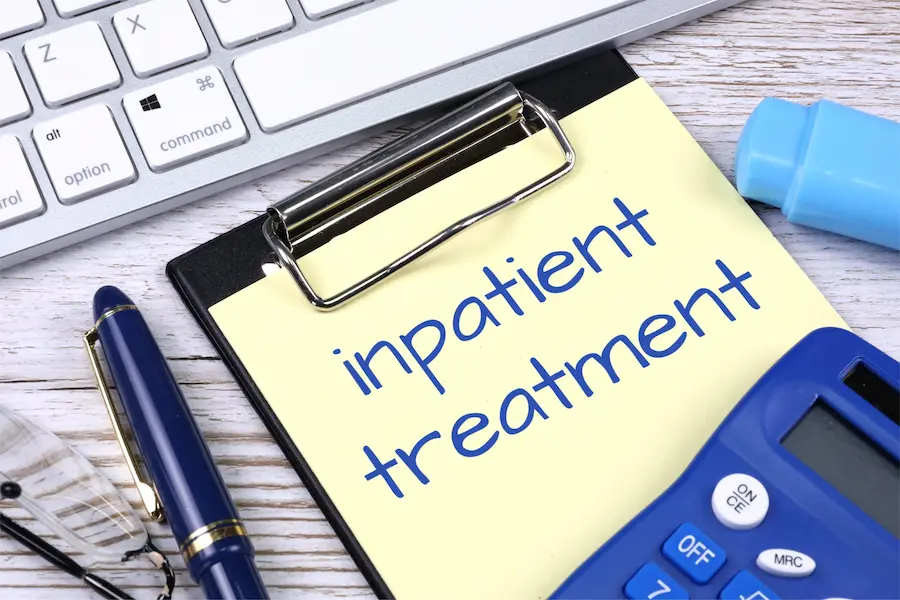



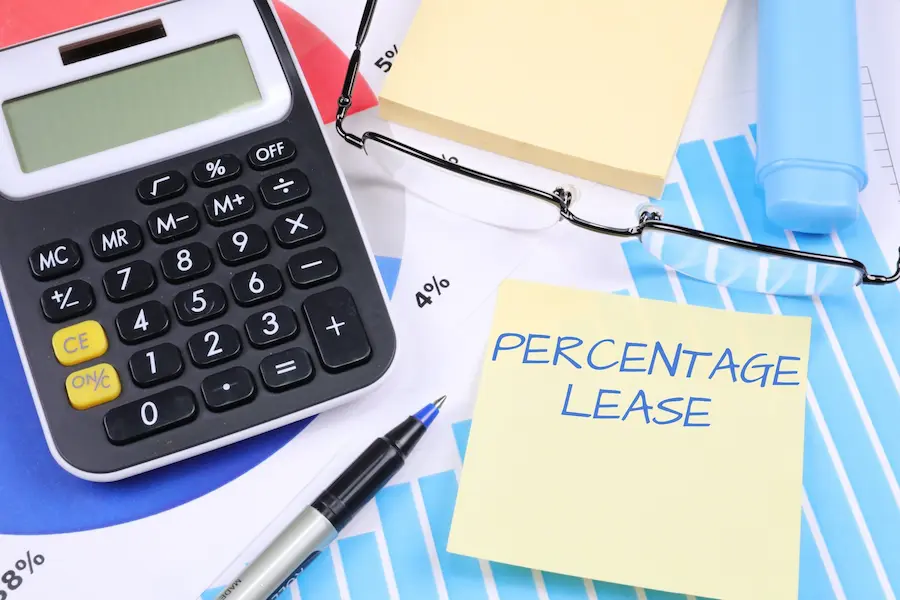






























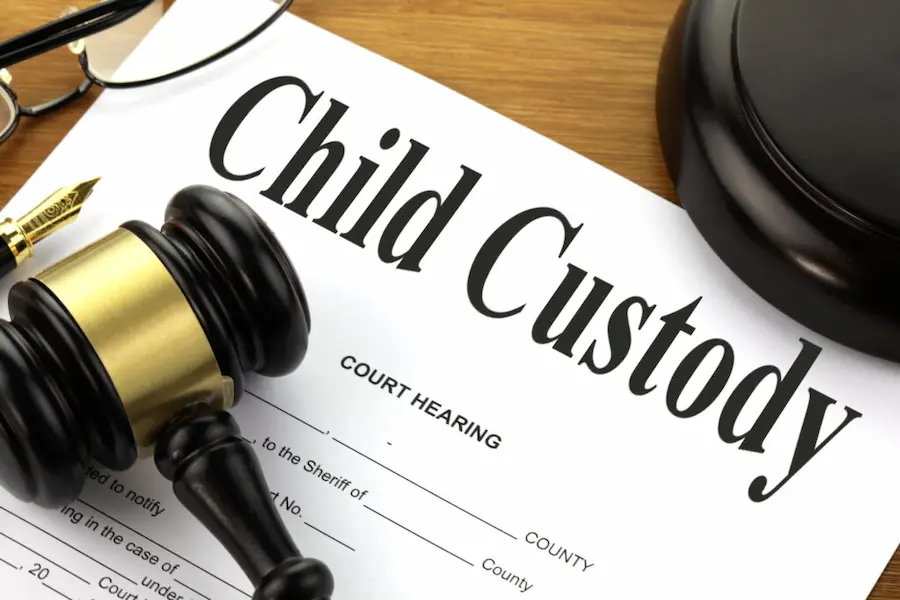

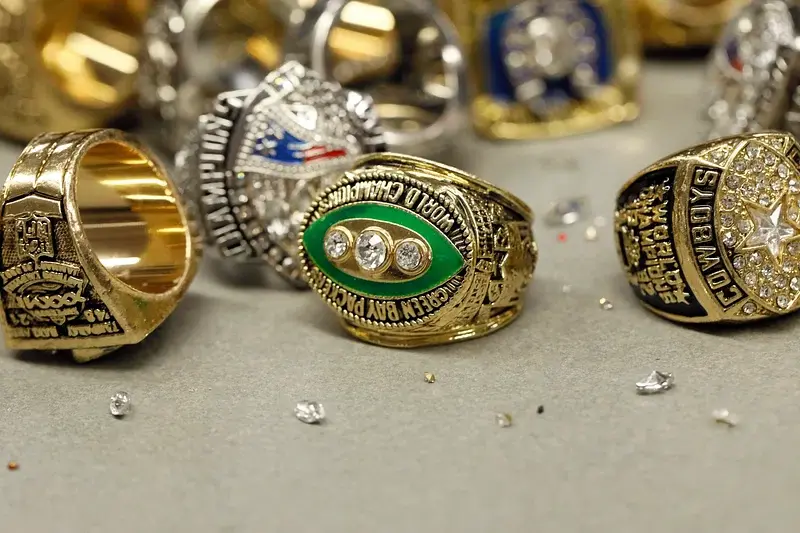






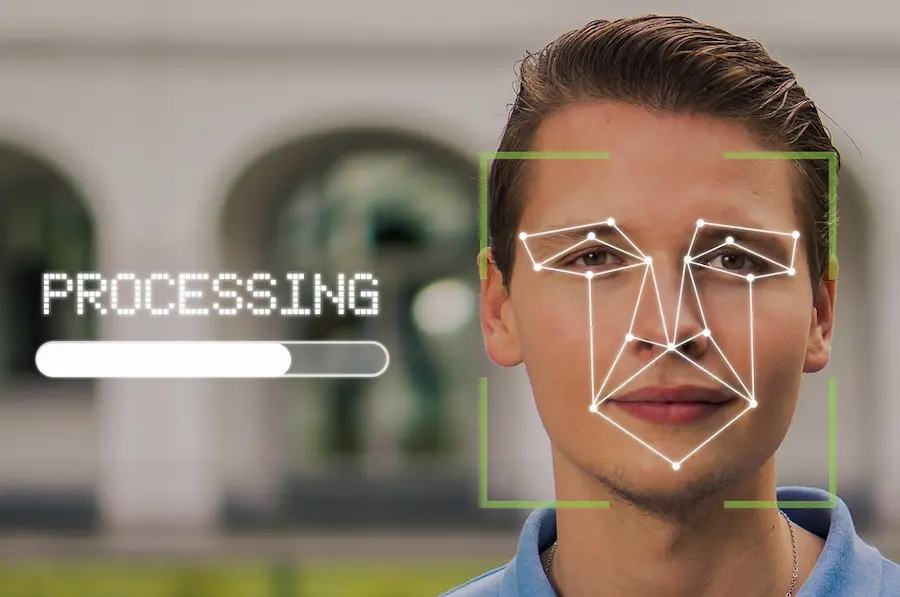



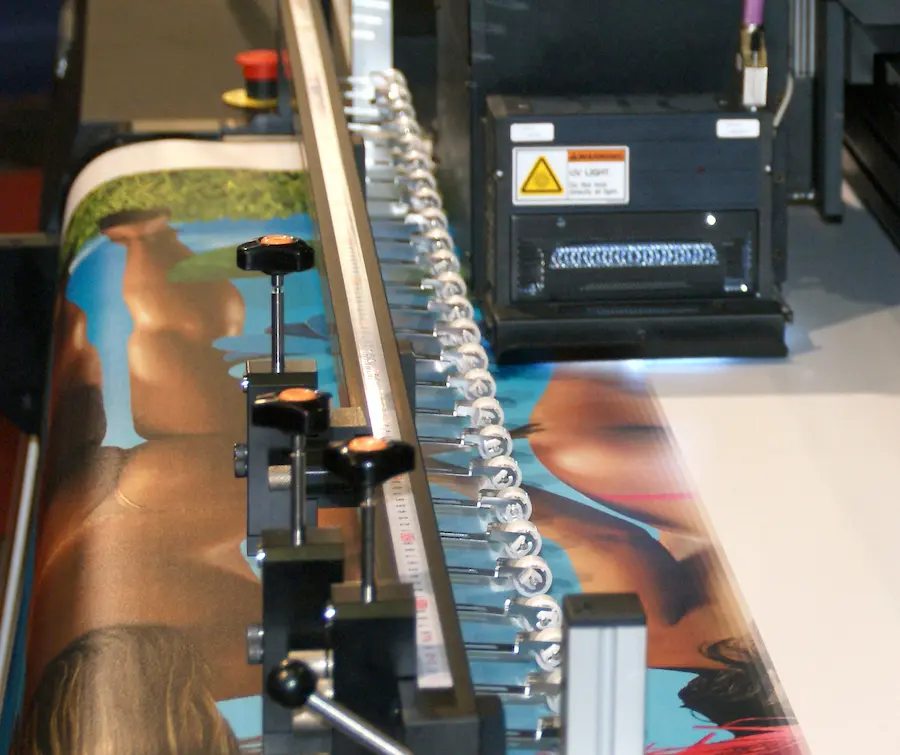
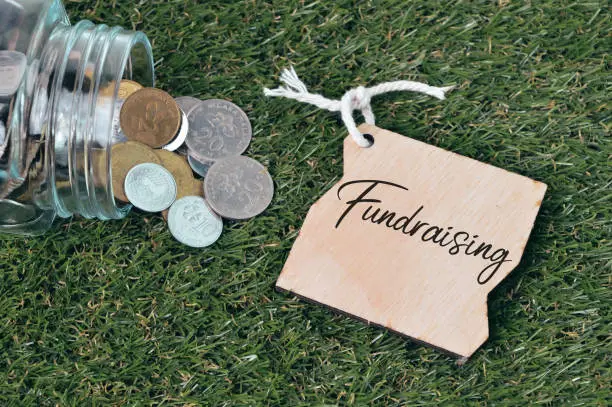




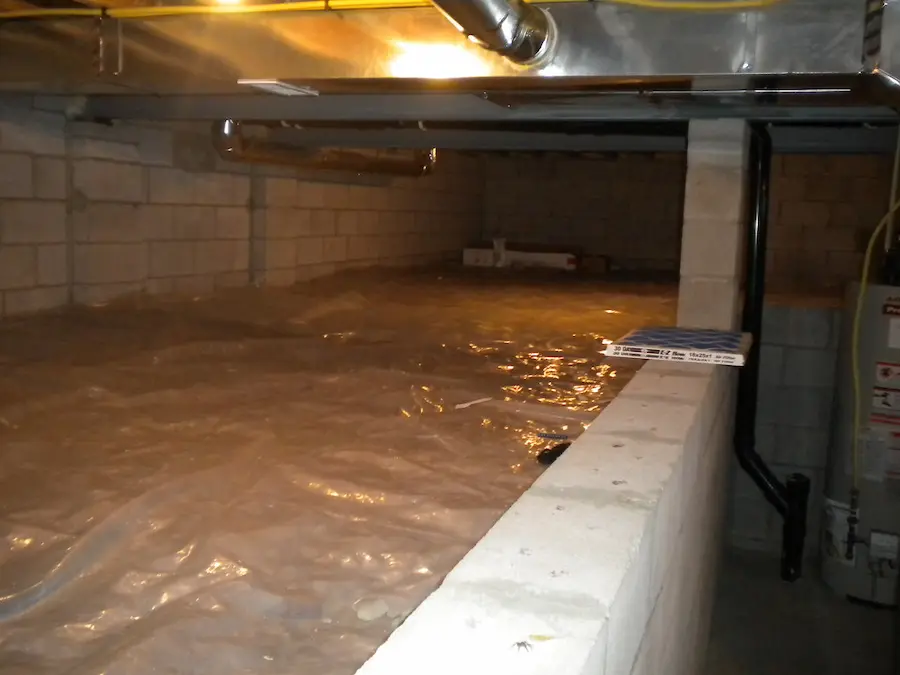
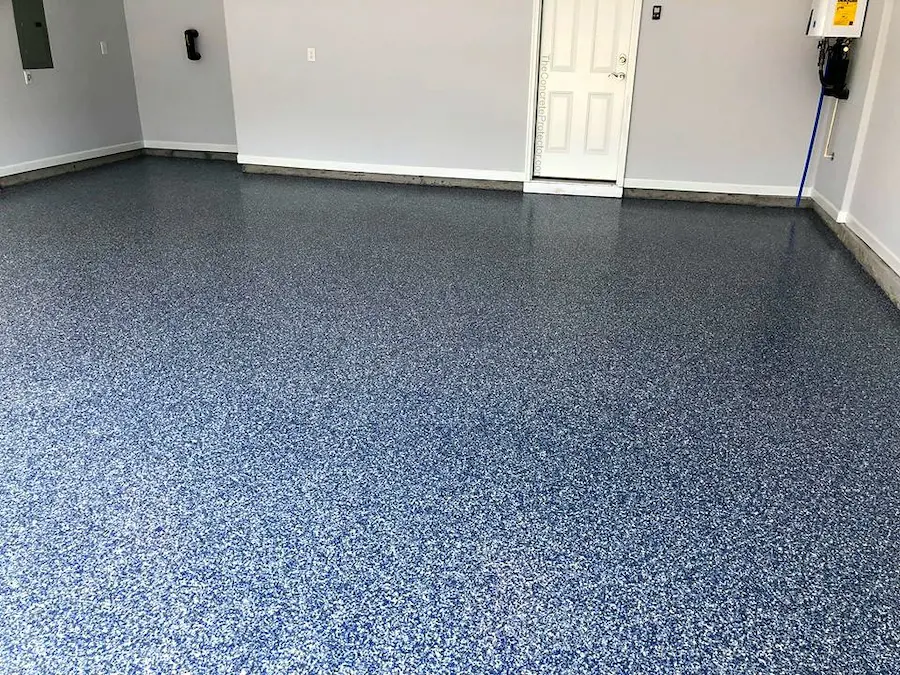




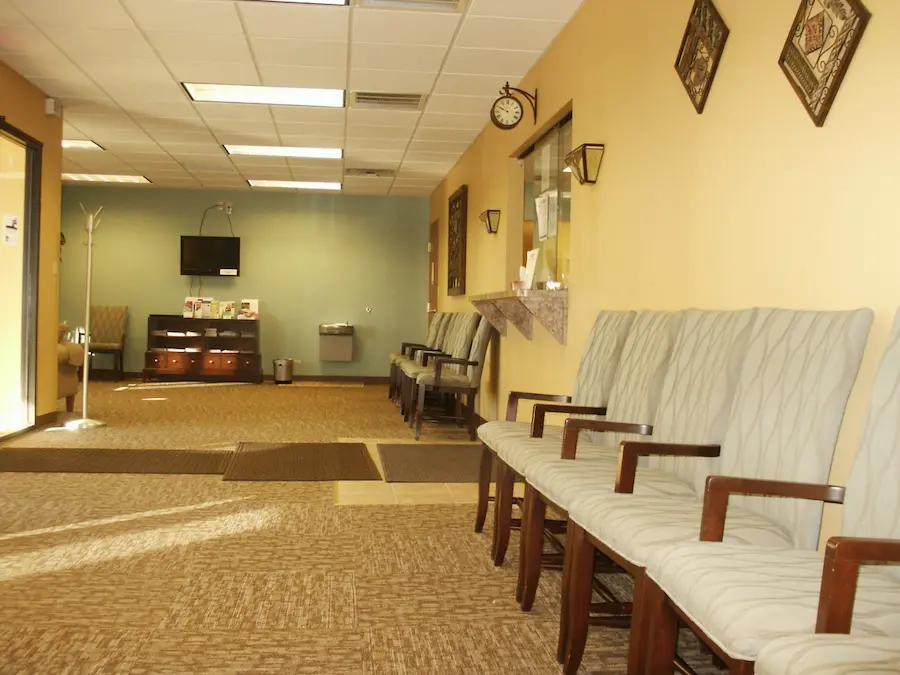







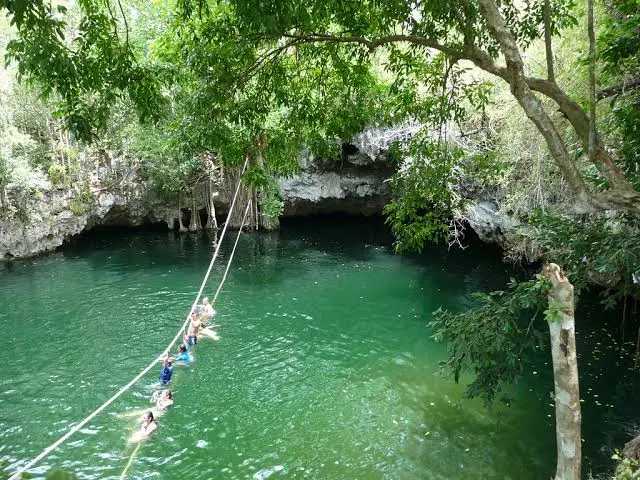


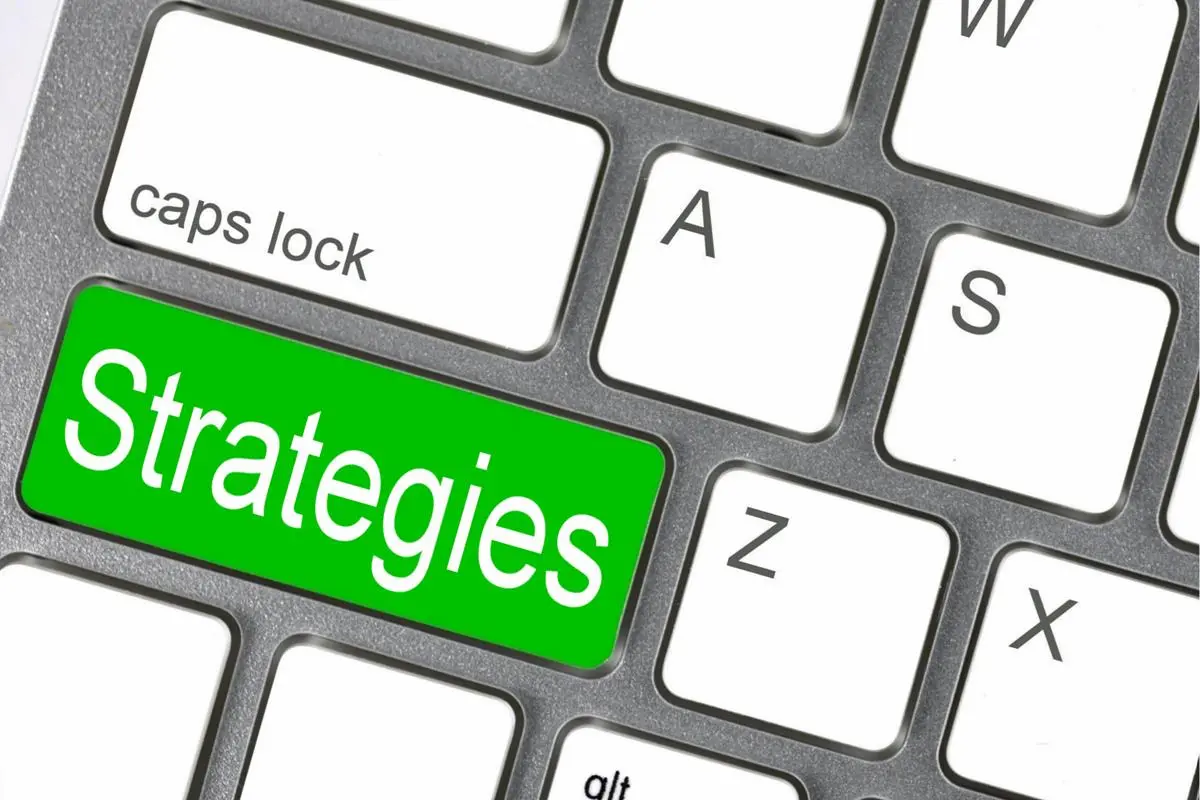
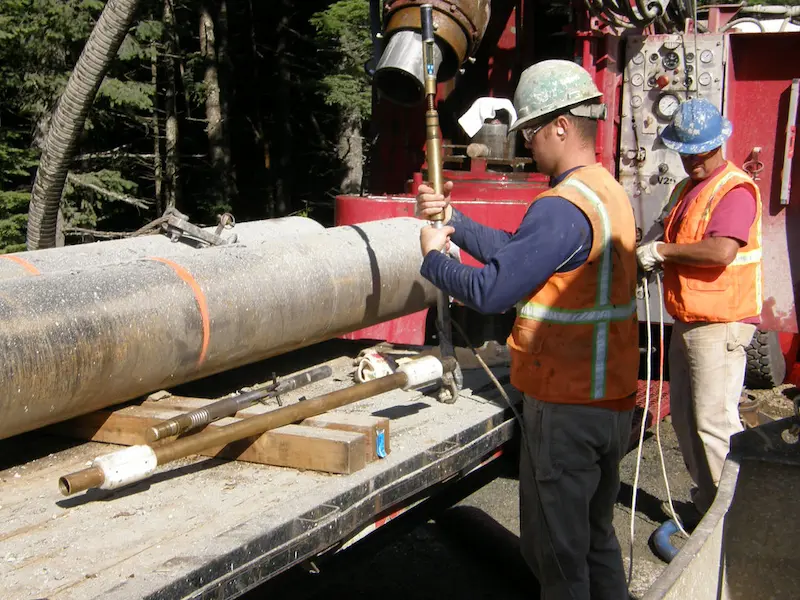











































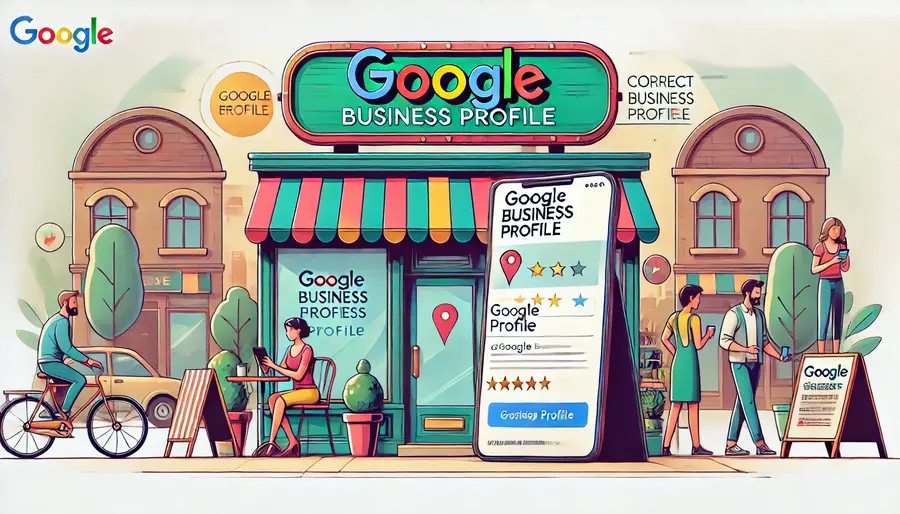












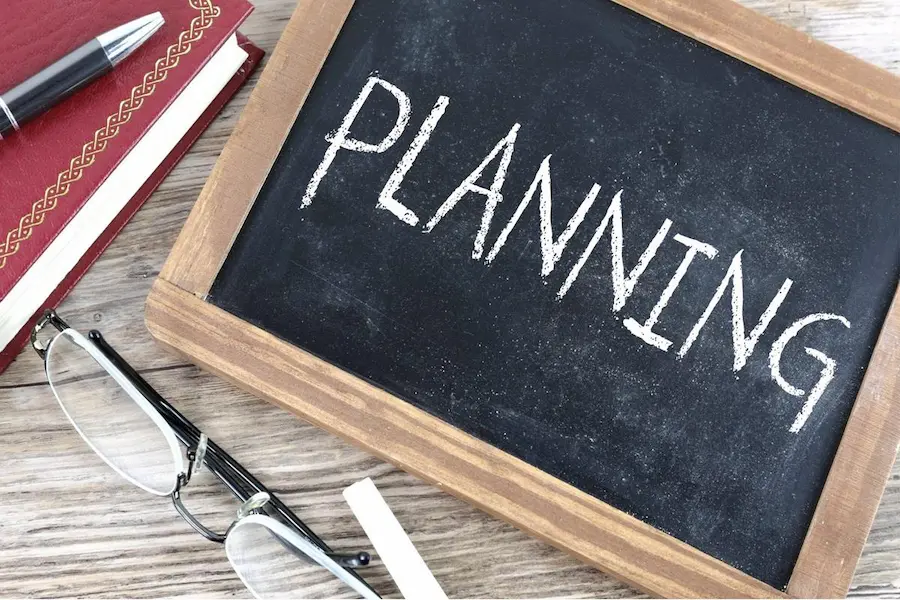
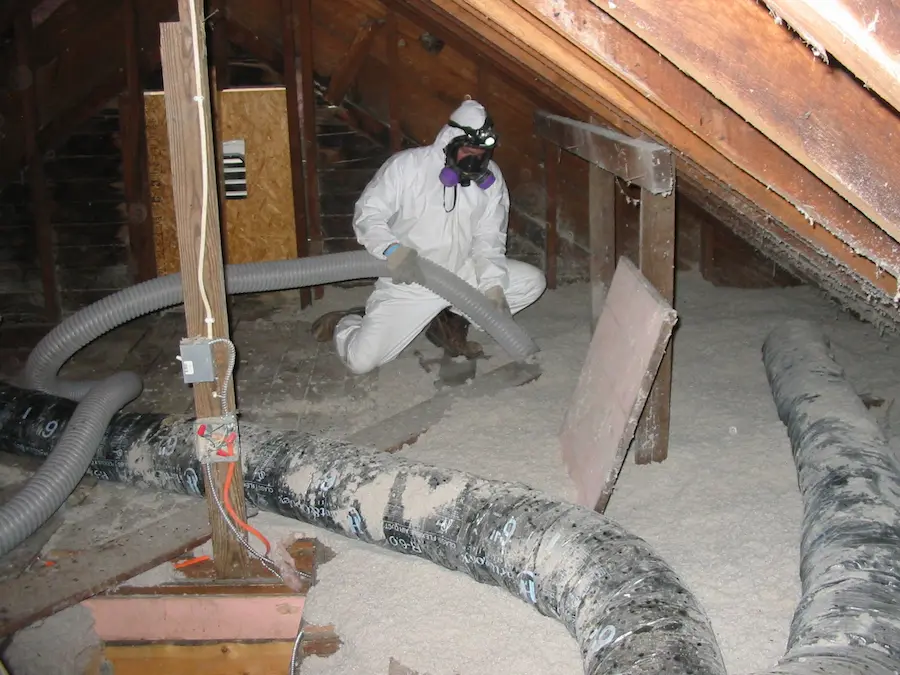
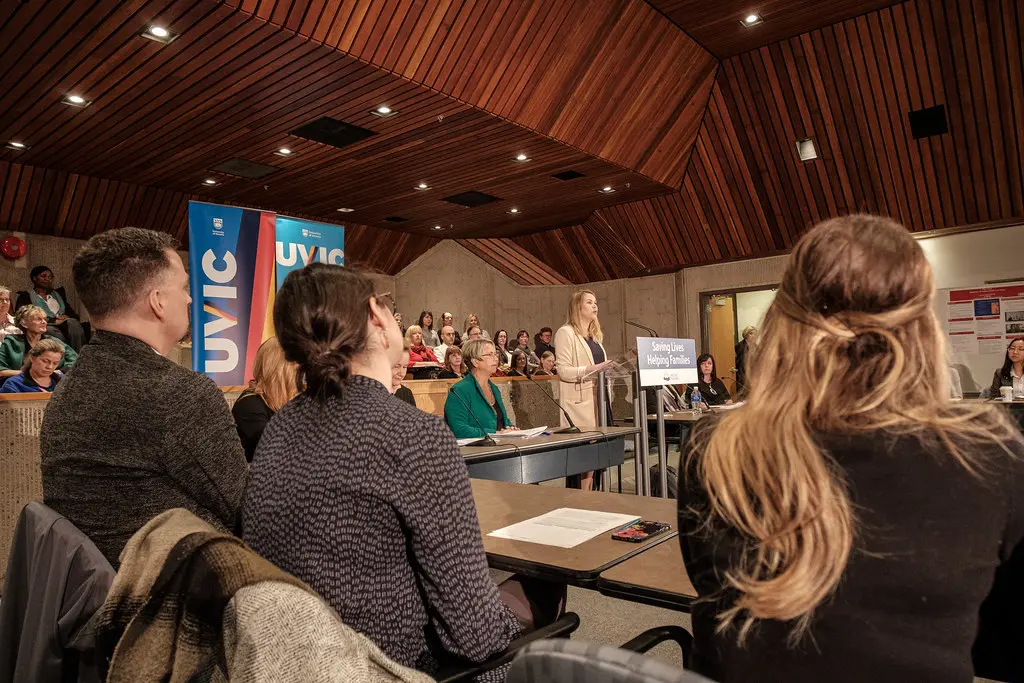

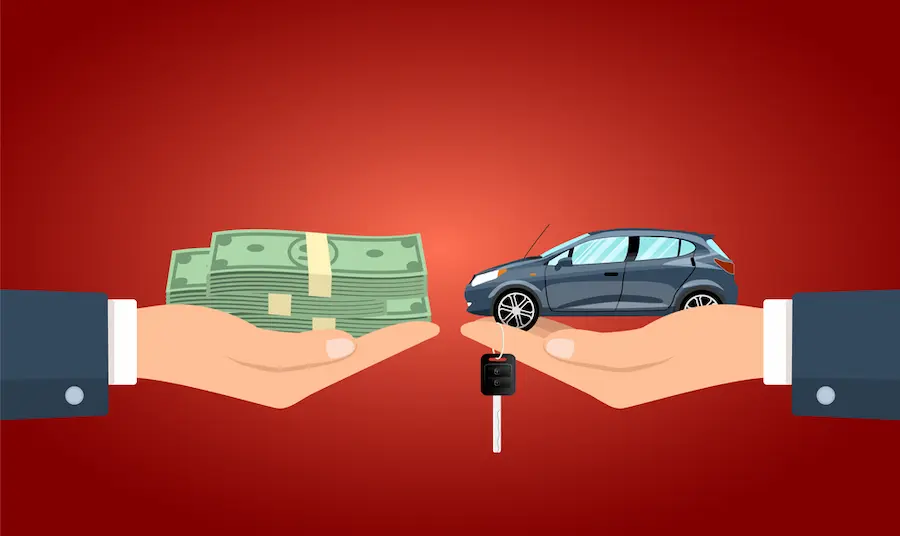

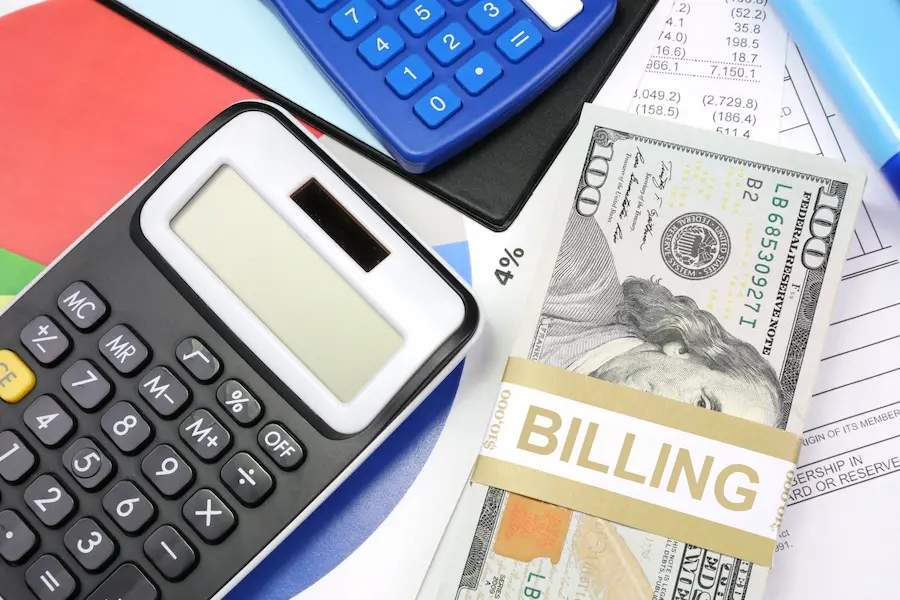

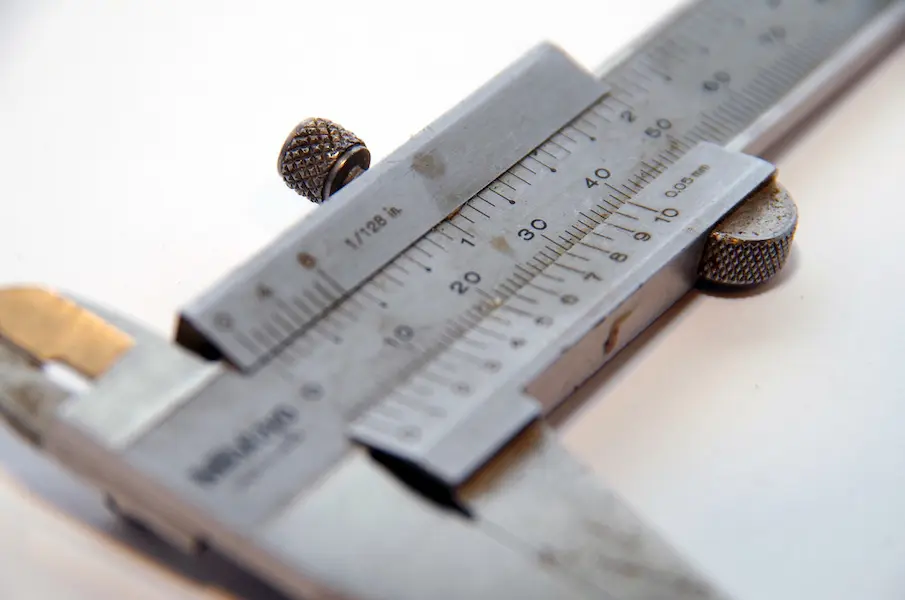
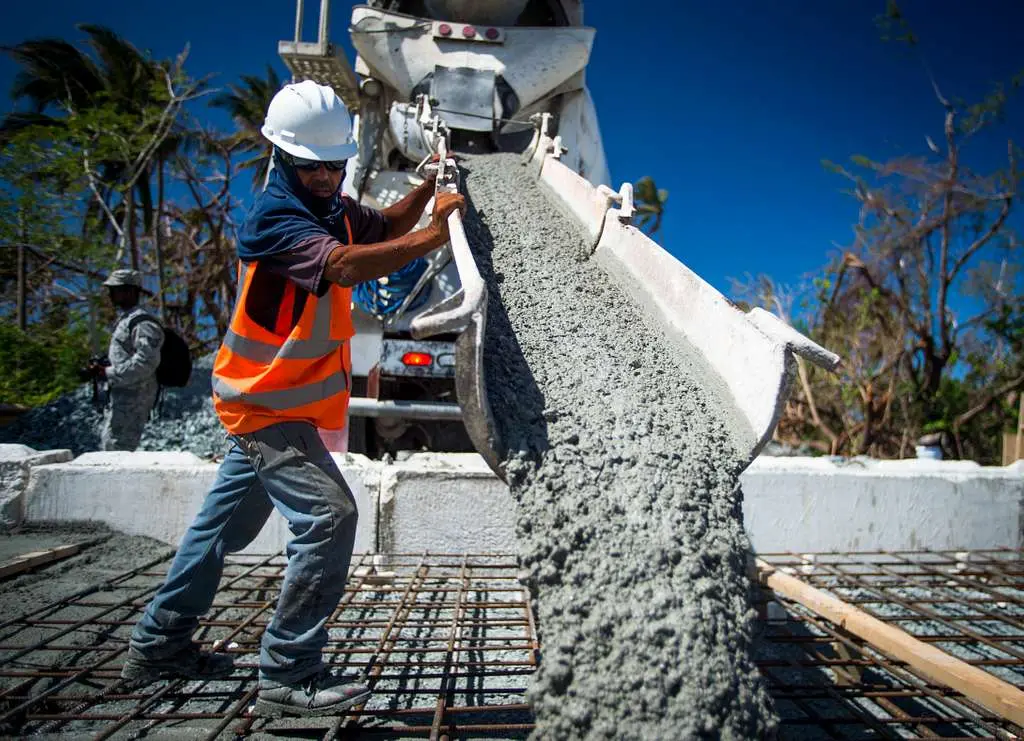




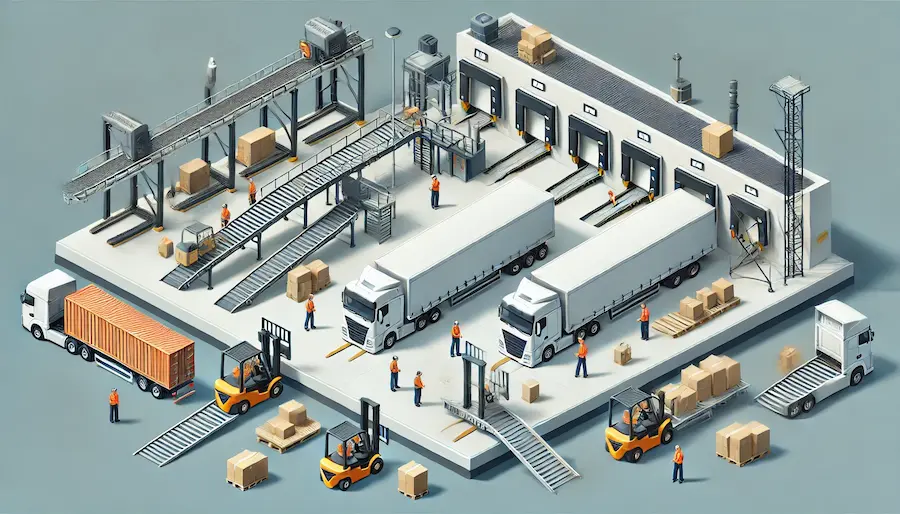




























































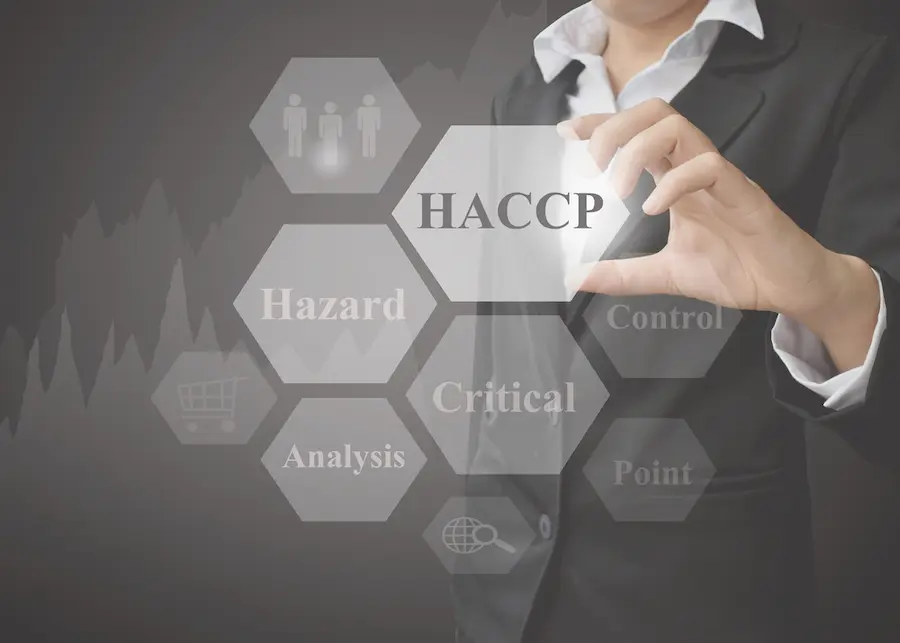


































































































































































































































































































































































































































































































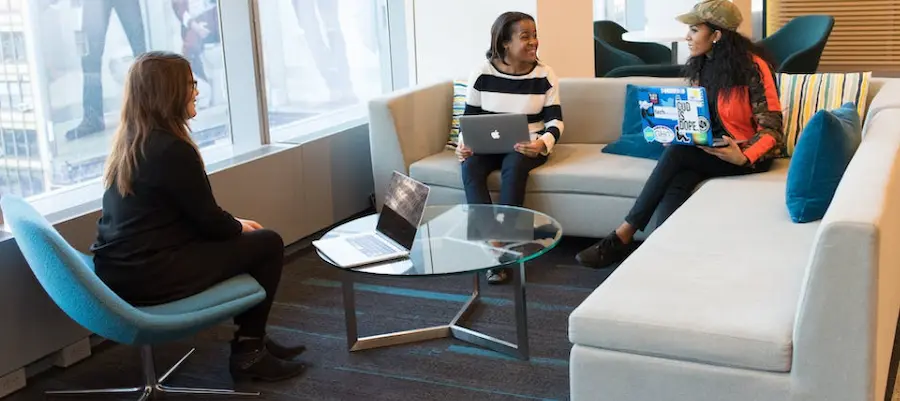










































































































































































































































































































































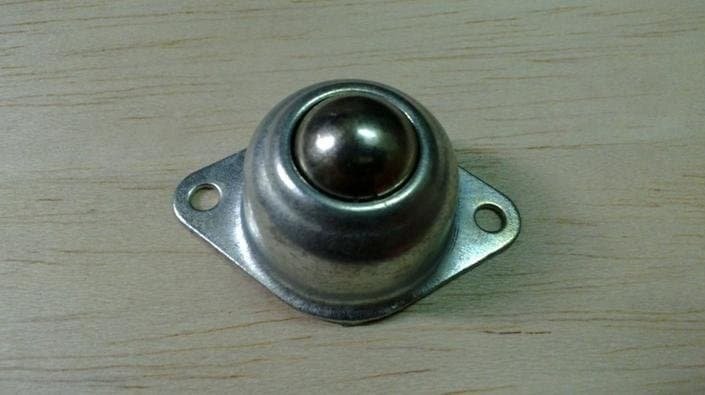










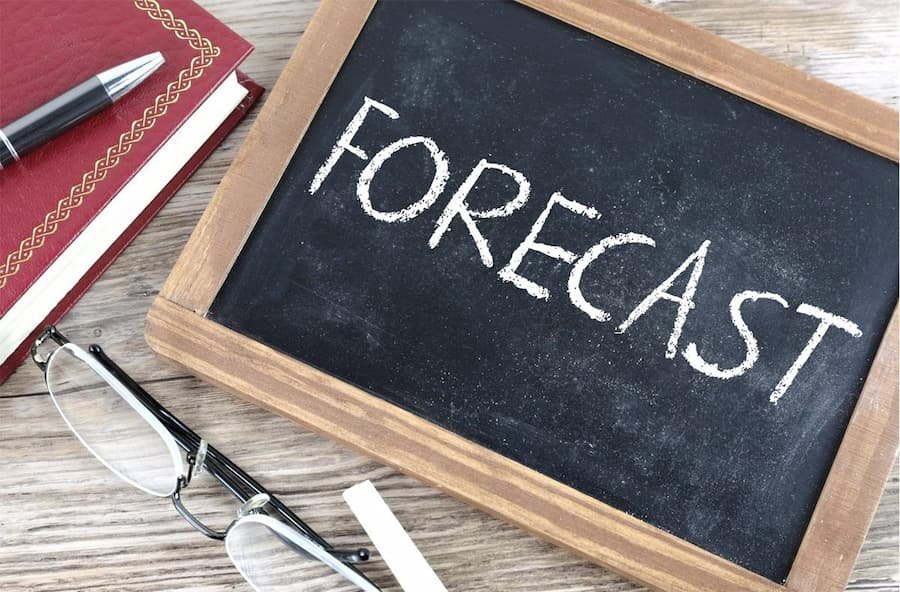










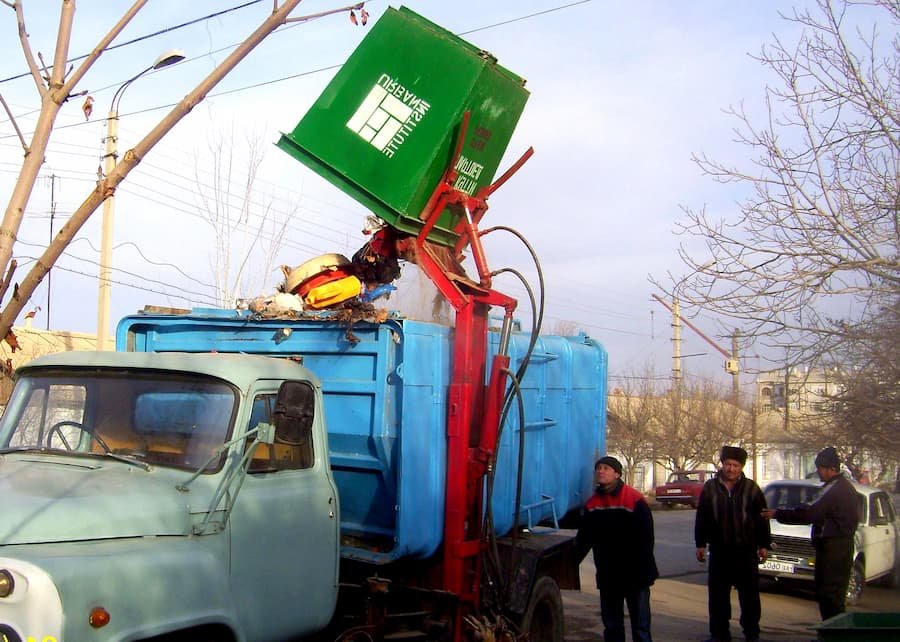








































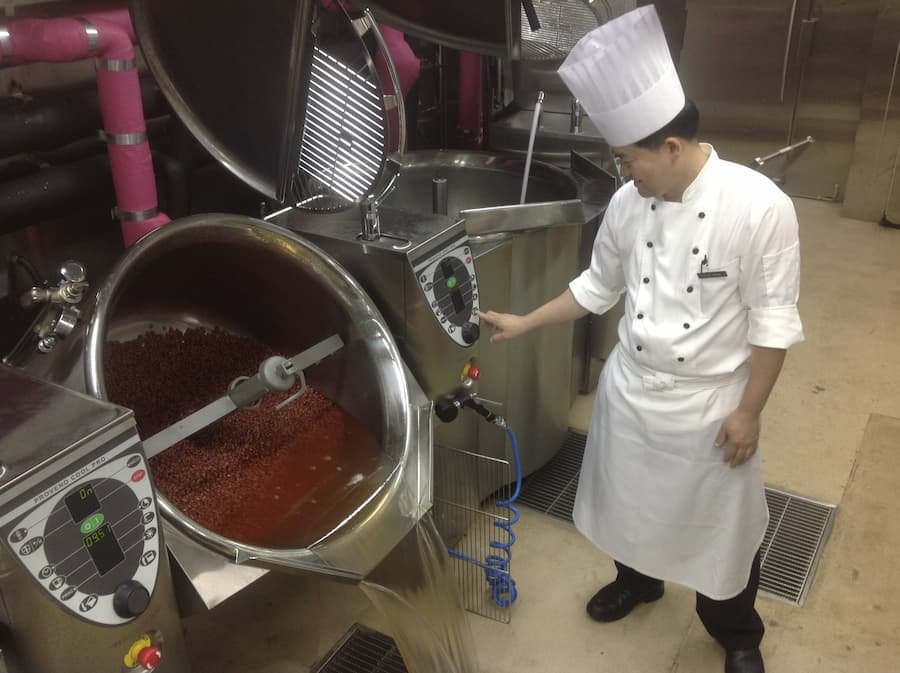




































0